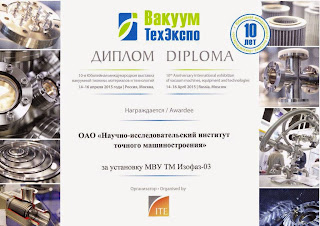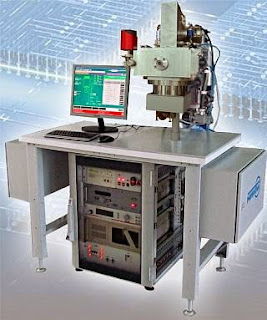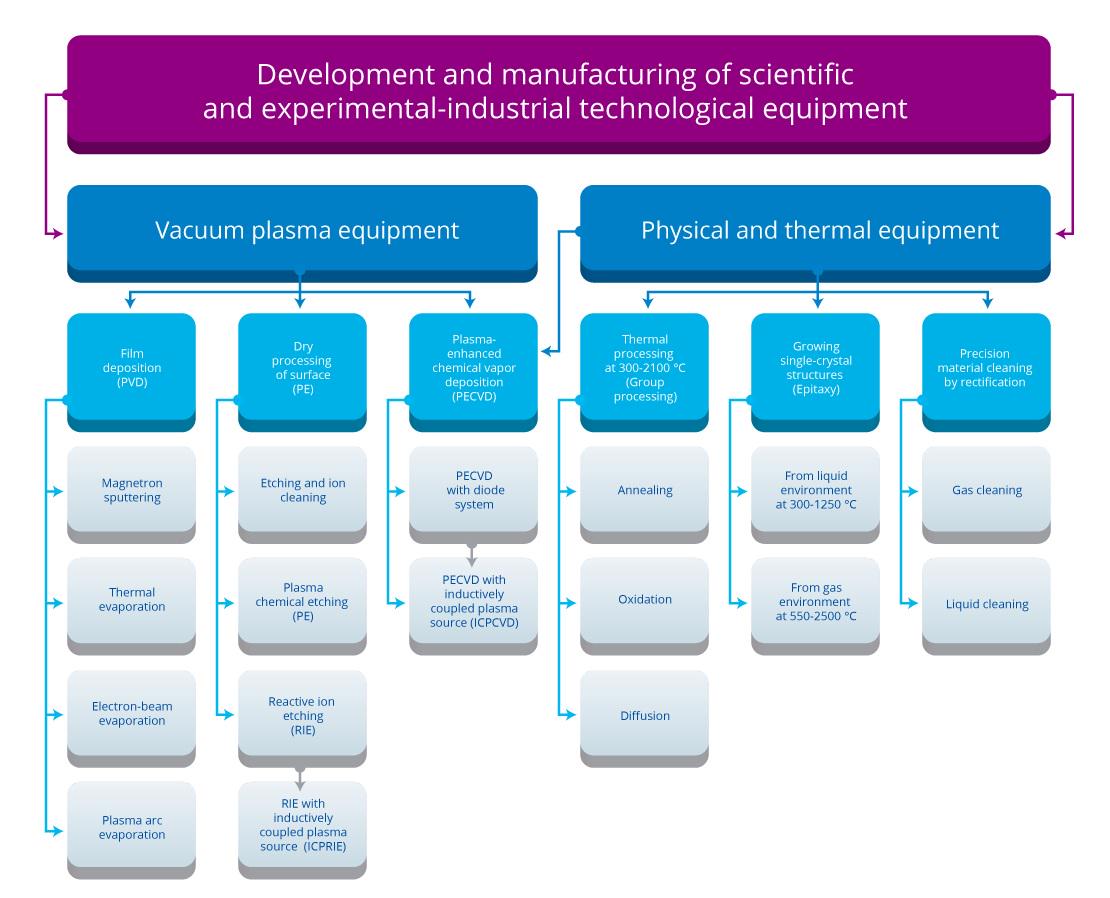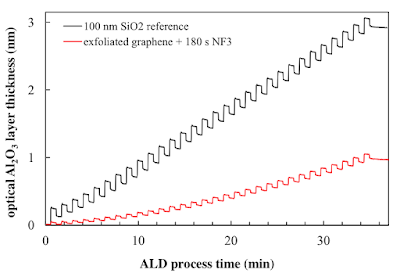Nanotechnology project on molecular machines receives its third round of funding (Nanowerk News) Great excitement at Kiel University: As the DFG (German Research Foundation) announced it will continue to support the research on molecules which function like machines with another 8.9 million EUR.
This funding will allow the scientists in Germany's northernmost state to develop new engineering techniques for building tiny machine-like molecules over the next four years. The ultimate miniaturisation of engineering functions should improve the efficiency of energy conversion systems, medicines, diagnostic methods and materials. Moreover, completely new areas of applications will open up along this line.
The Collaborative Research Centre 677 (SFB 677) "Function by Switching" now starts into the third and final funding period. Collaborative Research Centres are supported for a maximum of twelve years. They are highly competitive and prestigious flagship institutions at German universities. In total, around 100 scientists from the fields of chemistry, physics, material sciences and medicine collaborate in this Kiel based research network.
Subproject Overview
Project Area A
First and foremost, we will synthesize the elementary molecular switches as well as their neighboring environment (supramolecular aggregates) in homogeneous solution using classical methods of synthetic chemistry. Elemental processes, e.g. the switching process and its mechanism, will also be investigated in solution first, as there are efficient analytical methods available for this environment. We will benefit from these results to establish and optimize the application of the molecules on surfaces (project area B) and in functional materials (project area C).
show list of projects in area A
Project Area B
Arranging and operating switching molecules on surfaces comprises the subprojects in area B. The alignment of the switches on the surface, i.e. distance and orientation of the switches with respect to the surface as well as to each other, is an essential requirement to achieve a programed function. Scanning tunneling microscopy and spectroscopy are availabe to characterize surfaces. Various efficient surface sensitive techniques will be used to to confirm the switching process and the triggered function.
show list of projects in area B
Project Area C
The incorporation of molecular switches into functional materials such as coordination polymers, pores or nanocomposites facilitates the switching of properties such as conductivity, refraction, diffusion or adsorption. Target applications include switchable storage media as well as optical and molecular filters.
show list of projects in area C
Project Area Z
Project area Z contains the collaborative research center's central projects, i.e. the research training group as well as public relations.
show list of projects in area Z



%20(1).png)















